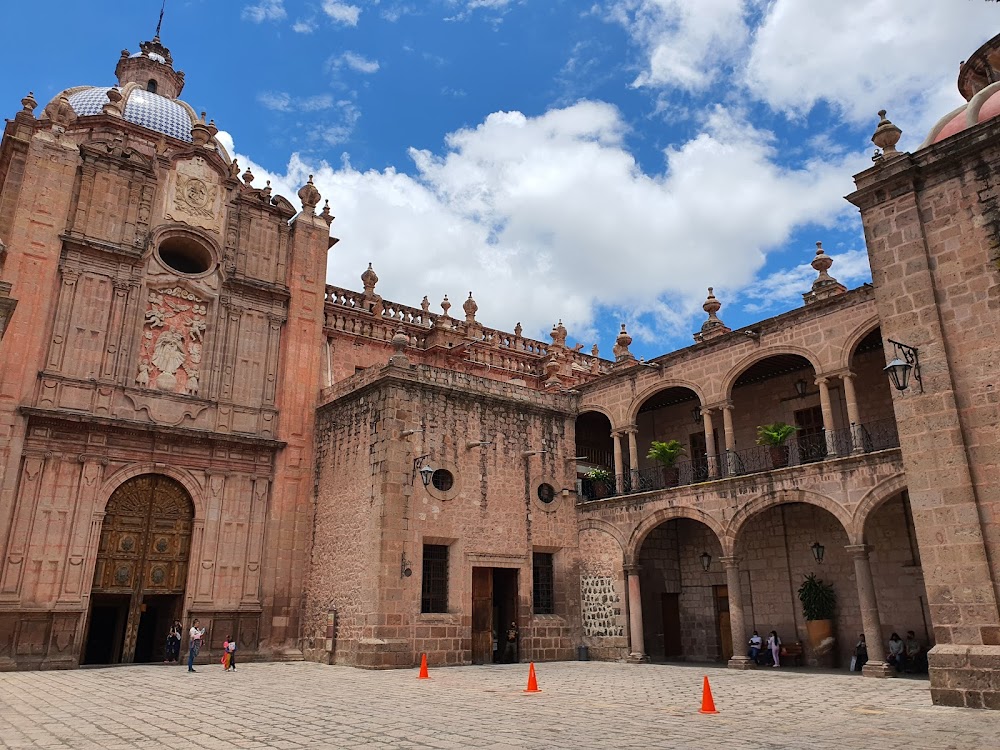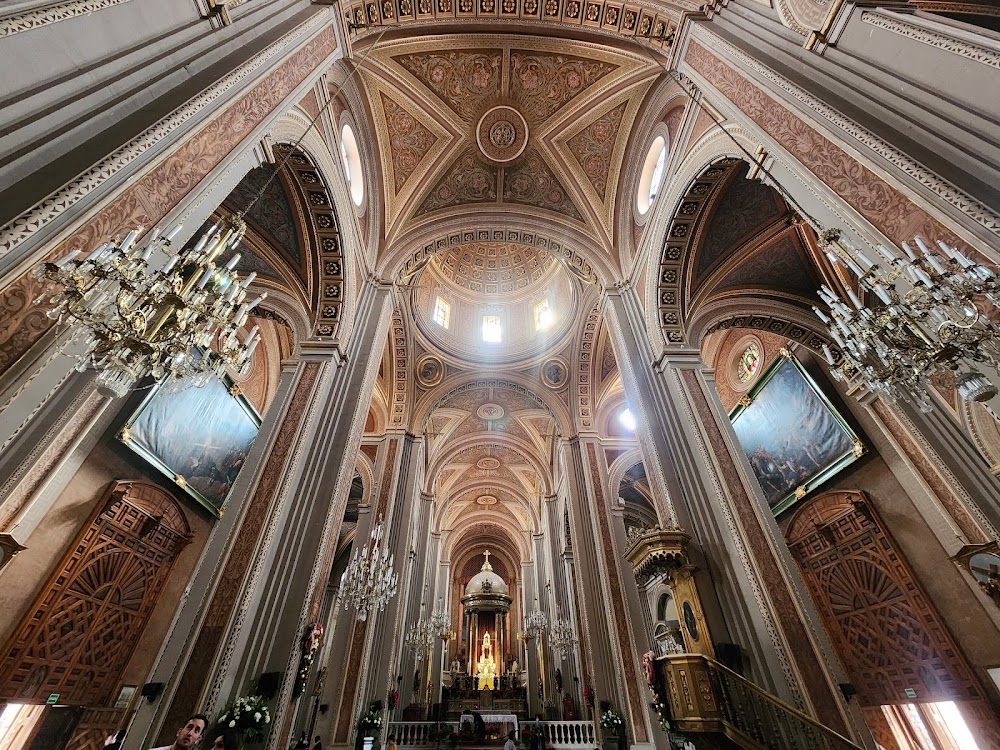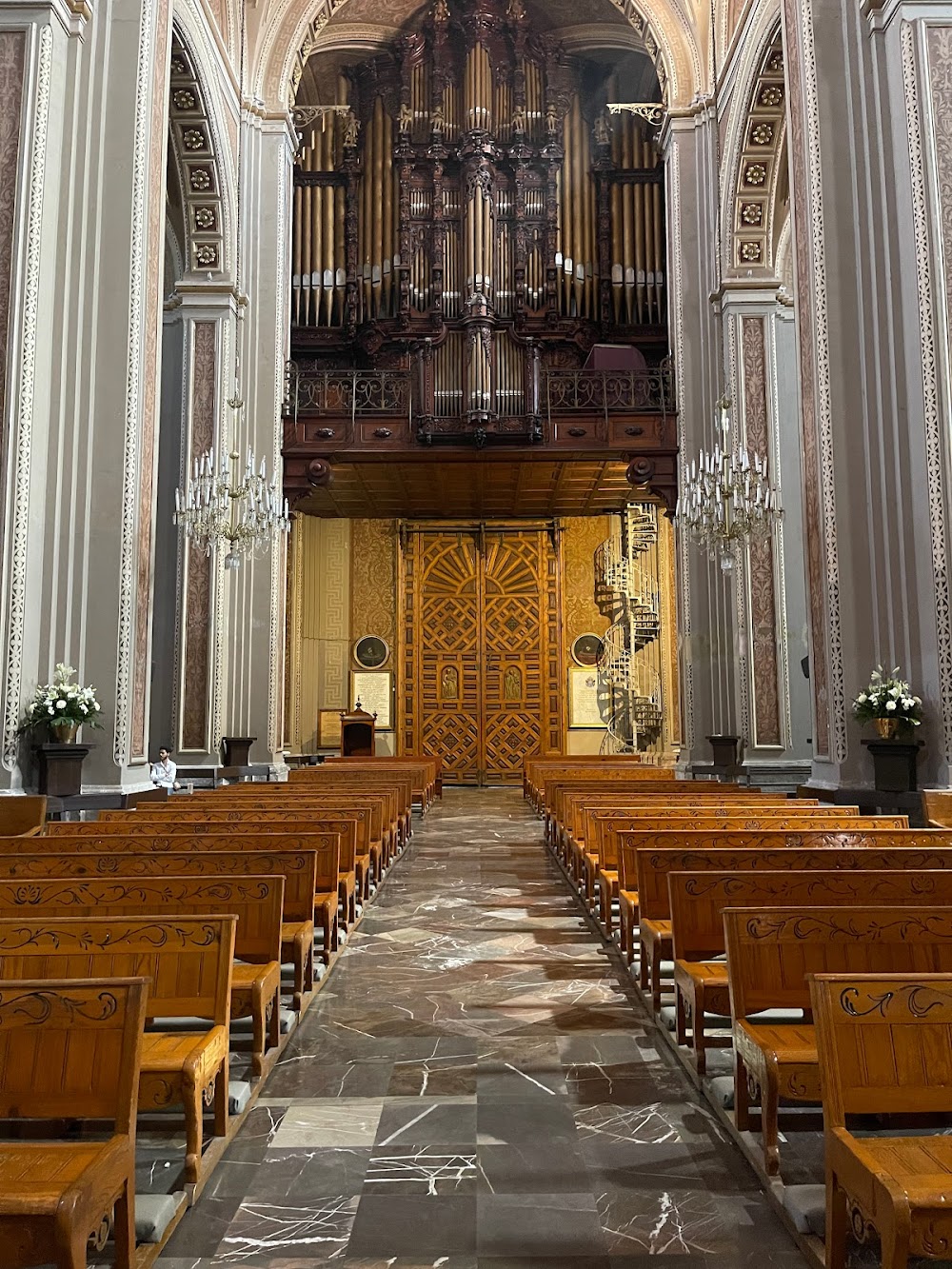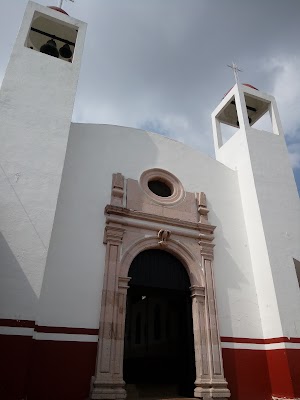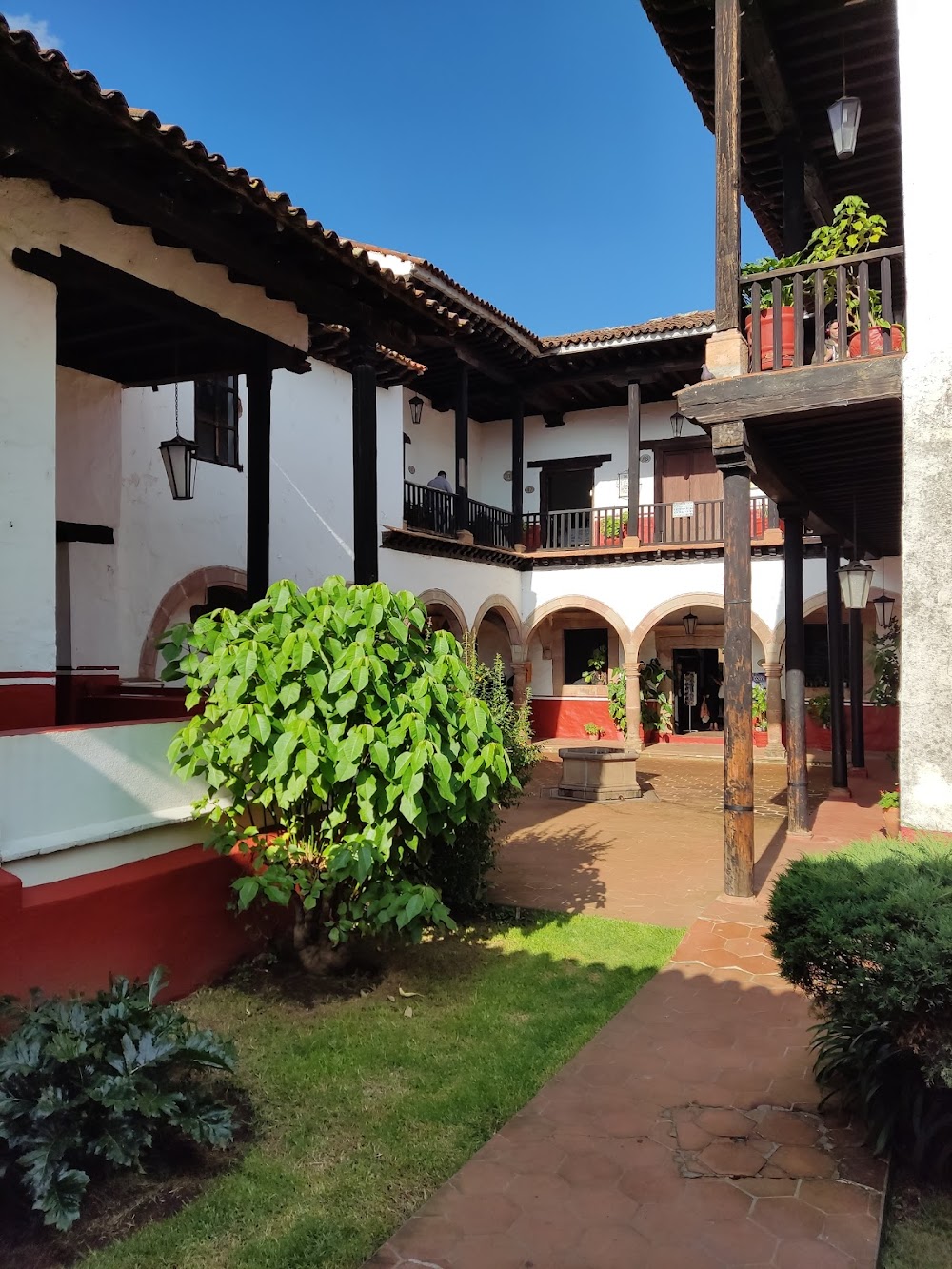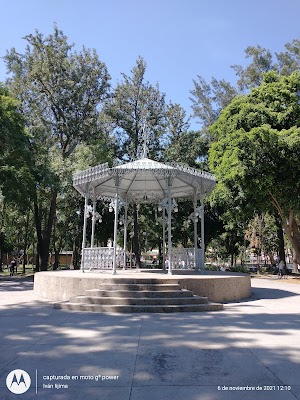Morelia Cathedral (Catedral de Morelia)
Overview
Morelia Cathedral, located in the heart of Morelia, Michoacán de Ocampo, is a splendid architectural gem that embodies both faith and artistry. Often mistakenly associated with Micronesia, this magnificent structure is deeply rooted in Mexico’s cultural and historical landscape, drawing visitors from near and far to admire its beauty.
Construction and Architectural Highlights
Construction of Morelia Cathedral commenced in 1660 under the guidance of Italian architect Vicenzo Barrochio and spanned over a century, culminating in 1744. This lengthy construction period allowed for a rich tapestry of artistic influences, with various architects and craftsmen contributing to its design. The cathedral is celebrated for its majestic Baroque style, featuring elaborate façades and intricate details. Crafted from pink Cantera stone, a volcanic rock native to the region, the exterior’s distinctive pinkish hue is particularly striking during sunrise and sunset. The twin towers, soaring to an impressive height of 70 meters, dominate the city skyline and serve as a breathtaking focal point.
Interior Splendor
Stepping inside, visitors are greeted by a harmonious blend of Baroque and Neoclassical elements. The main altar, a stunning creation of marble adorned with gold leaf, serves as a magnificent backdrop for the intricate woodwork and religious iconography that fill the sanctuary. One of the cathedral's crowning jewels is its 4,600-pipe organ, one of the largest in Latin America, imported from Germany in the early 20th century. This impressive instrument adds to the cathedral's allure, filling the space with rich, resonant music during services and special events.
Artisan Craftsmanship and Community Support
The construction process was a meticulous endeavor, requiring intricate carvings and unparalleled attention to detail. Skilled artisans from various regions of New Spain were enlisted to contribute their craft, specializing in woodwork, stone carving, and painting. The project was largely funded by the Catholic Church and affluent local patrons, who viewed it as a testament to their faith and commitment to the community.
A Vibrant Social Hub
The plaza in front of the cathedral serves as a vibrant social hub, welcoming locals and tourists alike. Adorned with beautiful gardens, fountains, and benches, it provides the perfect setting for visitors to sit and admire the cathedral’s grandeur. The area frequently hosts cultural events, from religious processions to music performances, enhancing the cathedral's role as a cultural and spiritual center in Morelia.
A Symbol of Resilience
Over the centuries, Morelia Cathedral has been a silent witness to numerous historical events, enduring earthquakes, wars, and social upheaval. Despite these challenges, it remains a steadfast symbol of resilience and faith. The building has undergone various restorations to preserve its structural integrity and artistic heritage, ensuring that it continues to inspire future generations.
Today, Morelia Cathedral stands not only as a place of worship but also as a symbol of the city’s rich history and cultural heritage. It attracts thousands of visitors each year, all eager to marvel at its architectural beauty and experience its tranquil ambiance. This architectural masterpiece is a testament to the skill, dedication, and faith of those who brought it to life, making it a must-visit destination for anyone traveling to Morelia.



